Title: Ashes in the Night Sky
Photographer/s: Bill McDowell
Date of publication: 2012
Dimensions: 8.25″ X 10.75″
Edition size: 125
Type of binding: 80# premium cover stock, perfect binding
Number of pages: 76 pages
Type of paper: 80#
Number of pictures: 56
Type of printing: Digital–HP Indigo press
Printer: MagCloud
Publisher: MagCloud
Designer: Ted Olson
Language: English
ISBN: none
Category: book dummy, exhibition catalog
Price: $40
Summary: “Ashes in the Night Sky” is a project based on scanning my father’s cremated ashes on a flatbed scanner.
I used MagCloud to print a book dummy to send to publishers and galleries.
Following is the introduction from the book:
“Everything we see in the sky belongs to the past.”
-Timothy Ferris
One of the beginnings of this project can be traced to the summer of 1998 when we scattered the ashes of my brother in Lake Champlain, located in upstate New York. He had died in 1973 but following his cremation our family was too torn apart to do anything with them. For twenty-five years they sat in a box in my parents’ house.
As they were emptied into the shallow water, I thought the ashes would dissipate and be carried off by waves. Instead they sank. Next morning the lake was calm and a whitish deposit could be seen resting on the bottom among the rocks. I made a few photographs.
Another beginning took place in 2002 while I was frying pancakes. Some of the pancakes cooked too quickly and, against the deep black of the griddle, they resembled moon-like orbs. I set aside a stack and later brought them to my studio to scan on a flatbed scanner. With a black background and the contrast increased, the images of flapjacks on the computer screen held a striking similarity to our moon above.
Over the next few years I continued to use the flatbed scanner as a camera. In 2004, after my father died and was cremated, I asked my mother if I could scan some of his ashes. She agreed.
My first attempts were awkward. I was uncomfortable handling my father’s remains, and I had little idea of what to create. While it was exciting to see that the scans of tiny pieces of ash looked remarkably like stars, these early efforts felt trivial given the emotional charge of the materials. I needed more direction and structure to support my visual decisions. I knew little about astronomy so I went to the library where I collected a stack of books—observing guides, college textbooks, celestial picture books—and brought them home.
Among the books was Alan Sandage and John Bedke’s massive two-volume set, The Carnegie Atlas of Galaxies. Within its pages, photographs of 1168 individual galaxies were presented in a classification system first devised by Edwin Hubble. Here, in addition to photographs of popularly known spiral and whirlpool galaxies, were pictures of grainy, oddly shaped, diaphanous clouds. To me these strange formations looked less galactic and more like the hovering ectoplasms printed in 19th century spirit photographs. I was also struck by another quality of the galaxy photographs, each one beautiful in their quirky otherness: they looked like ashes. Or, rather, my father’s ashes looked like them.
Other photographs of galaxies, nebulae, and star clusters also resonated to me. On the one hand they were simply beautiful documents of astronomical phenomena. But occasionally they conjured something else. I wanted my photographs to recall both ash and sky, and I began to use these documentary pictures as guides or templates to ground my formalistic choices. I didn’t copy the astronomical photographs too faithfully; they served as starting points. I was interested in the chance-determined relationships that sprang from my inability to precisely control the fall of the ashes, and in the translation of the document to the imagined.
My literature search also led me to the writing of Timothy Ferris. Through him, I came to appreciate the cosmological understanding many astronomers have. What at first might sound like romantic hooey about the interconnectivity of life on Earth and in the Universe is factually grounded in scientific reasoning.
I felt a kinship with the astronomers and began to observe similarities between their work and that of photographers. We share a recent history of working with optics, we often work in the dark, and we continually make choices about what to include and reject from the fields of vision our optical devices offer. We work with light, and we work with the past. And often now we view our subject indirectly on a computer monitor rather than directly through a lens.
Initially I was driven by the desire to make images in the shadow of my father’s death and to take creative advantage of the emotional jolt his absence caused. Over time my relationship to the ashes broadened and they triggered thoughts about our collective response to death, as well as my own aging and inevitable demise.
Ultimately this work is a reflection on the interconnectivity of life on Earth and in the Universe. I’ve read that on a clear night the unaided eye can see five planets, ten thousand stars in the Milky Way, and the glow of three other galaxies. That over one hundred times more stars fill the sky than sand grains on all the beaches of our world. That the nitrogen atoms we breathe on Earth are identical to the nitrogen atoms on Mars. That the laws of physics really are universal.
Intellectually I know all this and yet in the everyday my world is small and my cosmology is shaky. Usually I’m as oblivious to the brilliance of the night sky as I am to those I love. The phase of the moon, the paths of the stars and planets, they move above me unnoticed. And like those I love, too often I ignore the sun’s warmth and radiance until it has gone, its light faded to darkness.
-Bill McDowell
Date and place of birth of photographer/s: 1956, Albany, NY
Website: billmcdowellphoto.com
Donated by: Bill McDowell
Related books:



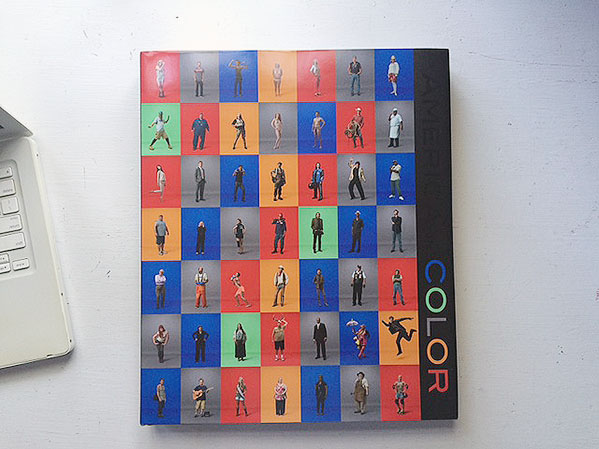
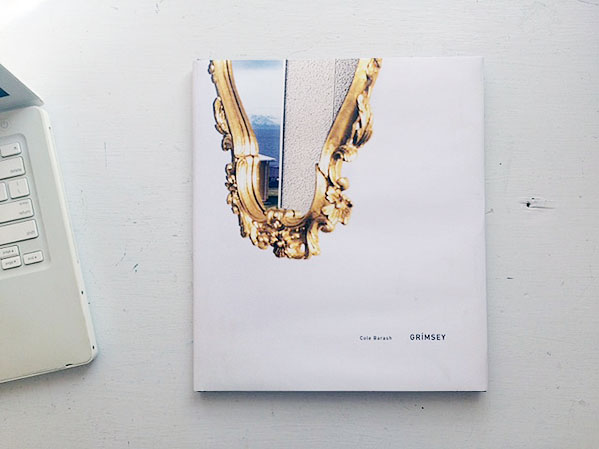
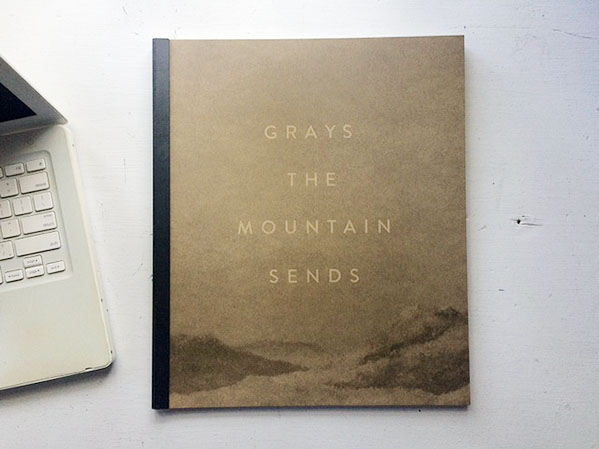
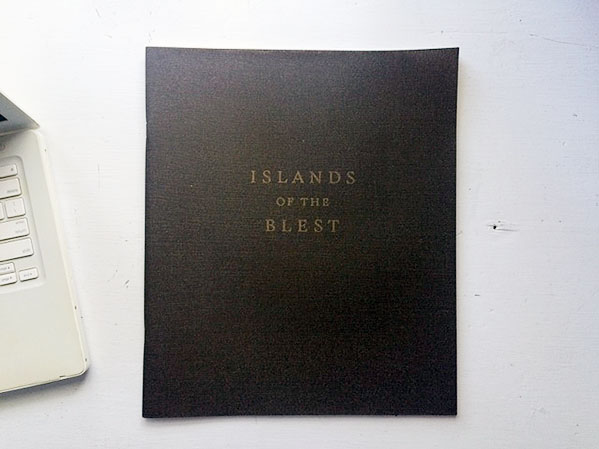
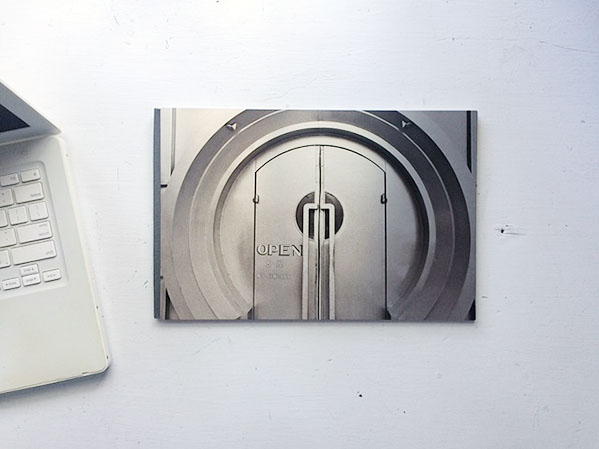
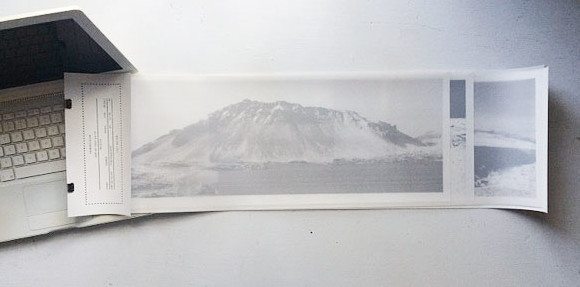


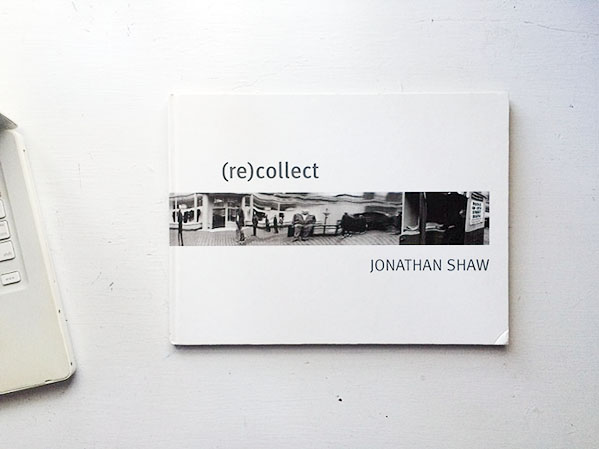


TrackBack URI